DIY Washing Machine Repairs
When it comes to DIY washing machine repair, understanding common washing machine issues and knowing when to decide whether to repair or replace your appliance are essential steps in troubleshooting and maintaining your washing machine. Let’s explore these key aspects in detail:
Common Washing Machine Issues
It is not uncommon to encounter common washing machine problems during the lifespan of your appliance. Issues such as leaks, excessive noise during operation, failure to drain or spin, or a malfunctioning control panel are among the typical problems homeowners may face. By identifying these issues early on, you can address them promptly and prevent further damage to your washing machine.
Regular maintenance and proper care of washing machines are crucial to prevent more severe and costly problems in the future. Simple tasks like cleaning the detergent dispenser, checking and cleaning the filter, and ensuring the drum is balanced can help in maintaining the efficiency and longevity of your appliance (Complete Appliance Repair Denver). If you’re unsure about a particular problem, a washing machine troubleshooting guide can provide additional assistance in pinpointing the source of the issue.
Deciding to Repair or Replace
When faced with a malfunctioning washing machine, the decision to repair or replace the appliance can be challenging. Factors such as the age of the washing machine, the extent of the repair needed, and the cost of repair versus replacement play a significant role in this decision-making process.
According to Sears Home Services, a valuable guideline is to consider replacing a washing machine that is over 10 years old and requires a significant repair cost. In such cases, investing in a new appliance may be a more cost-effective and practical solution in the long run.
Before making a final decision, it’s important to weigh the potential savings of DIY repairs against the convenience and expertise provided by professional washing machine repair services. Careful consideration of these factors will help you make an informed choice that aligns with your budget and long-term needs (Swap Appliance Repair).
Taking the time to familiarize yourself with common washing machine issues and determining whether to repair or replace your appliance are crucial steps in successful DIY washing machine repairs. By staying proactive and informed, you can effectively troubleshoot problems, extend the lifespan of your washing machine, and avoid unnecessary expenses.
Tips for Successful Repairs
When it comes to maintaining your washing machine, incorporating routine maintenance tasks is key to ensuring its longevity and optimal performance. By following these tasks regularly, you can prevent issues, enhance efficiency, and save on potential repair costs in the long run. Additionally, it’s crucial to be mindful of safety precautions and the associated risks when conducting DIY repairs on your washing machine to ensure your well-being and the proper functioning of the appliance.
Routine Maintenance Tasks
Regular maintenance of washing machines, as highlighted by Complete Appliance Repair Denver, involves several essential tasks to keep your appliance in top condition:
| Maintenance Task | Frequency | Benefits |
|---|---|---|
| Cleaning the lint filter | Once a month | Prevents clogs and improves airflow |
| Inspecting hoses for wear and leaks | Biannually | Prevents water leaks and potential flooding |
| Lubricating moving parts | Annually | Prevents friction and ensures smooth operation |
| Checking and cleaning the detergent dispenser | Biannually | Prevents buildup and maintains cleanliness |
Regular maintenance not only helps in preventing dirt, detergent residue, and limescale buildup in critical parts like the drum, hoses, and filters but also optimizes the washing machine’s performance for clean and fresh laundry every time.
Safety Precautions and Risks
Emphasized by Swap Appliance Repair, while some simple appliance repairs can be conducted as DIY projects, it’s essential to be cautious and aware of potential risks associated with handling home appliances:
- Electrical Safety: Always unplug the washing machine before performing any maintenance or repair tasks to avoid electric shock.
- Water Damage: Turn off the water supply to the washing machine before inspecting hoses or conducting repairs to prevent potential flooding.
- Heavy Machinery: Washing machines contain heavy components such as the motor and drum. Exercise caution and use proper lifting techniques to prevent injuries.
- Chemical Exposure: When using cleaning agents or lubricants, ensure proper ventilation and use protective gear like gloves and goggles to avoid skin contact or inhalation.
Neglecting maintenance tasks can lead to wear and tear on essential components like the motor, bearings, and seals, resulting in mechanical failures or leaks. By being proactive in conducting routine maintenance and adhering to safety guidelines, you can extend the lifespan of your washing machine, save on repair costs, and ensure the safety of your home and family.
Remember, for more complex issues or if you feel uncertain about a repair, it’s best to seek professional assistance from washing machine repair technicians to address the problem effectively and safely.

